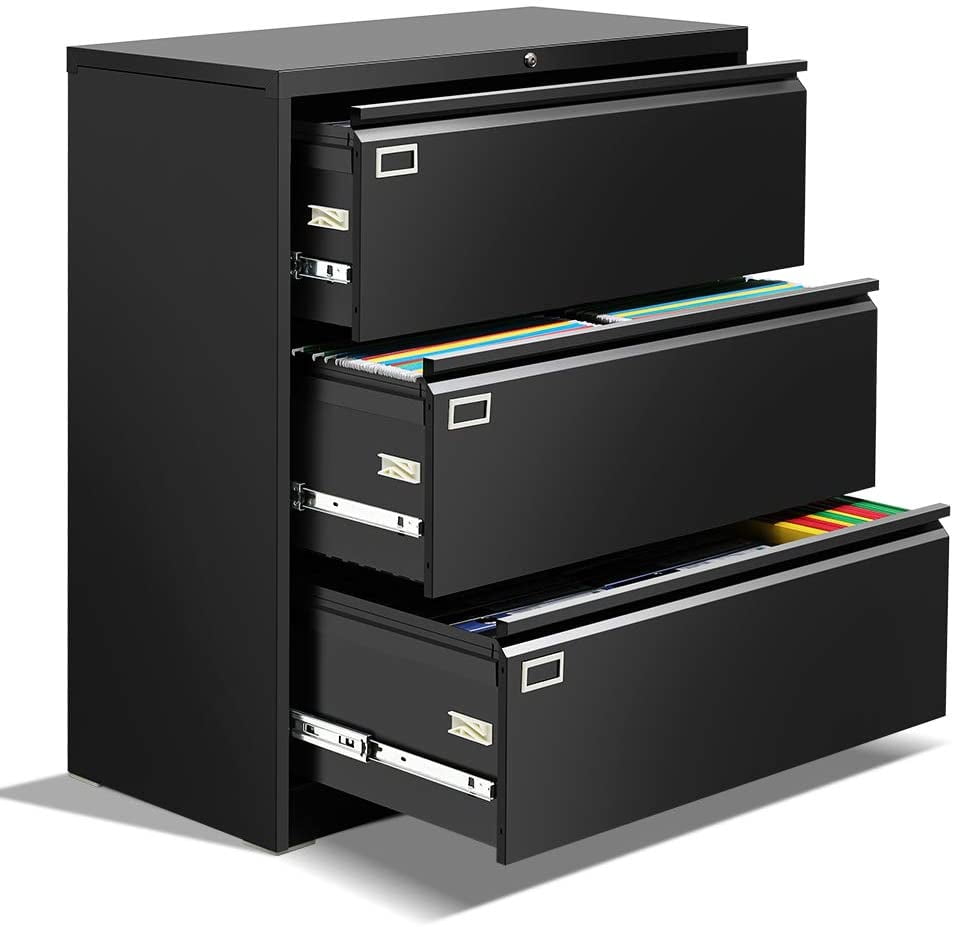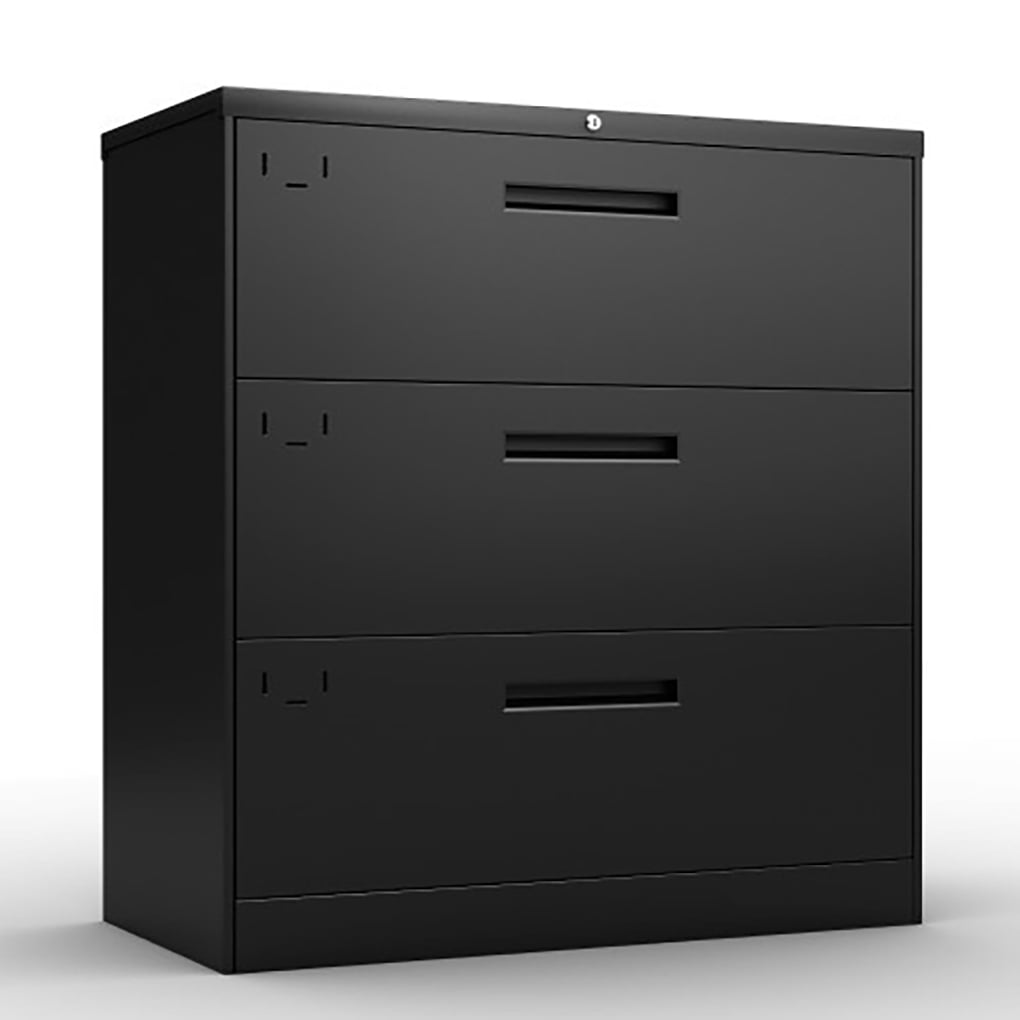Understanding Filing Cabinet Rods

Filing cabinet rods are essential components for organizing and storing files efficiently within drawers. These rods provide a framework for suspending file folders, preventing them from collapsing and ensuring easy access to individual documents. They are available in a variety of designs and materials to suit different filing needs.
Types of Filing Cabinet Rods, Filing cabinet rods for drawer
Filing cabinet rods are typically categorized based on their material and design.
- Metal Rods: Metal rods, commonly made from steel or aluminum, are known for their durability and strength. They can withstand heavy loads and are ideal for filing cabinets that store large volumes of documents. Steel rods offer excellent resistance to bending and rust, while aluminum rods are lighter and less prone to scratching.
- Plastic Rods: Plastic rods are a more budget-friendly option compared to metal rods. They are lightweight and easy to install. However, they may not be as durable as metal rods and can be prone to breaking under heavy loads.
Rod Designs
- Fixed Rods: Fixed rods are permanently attached to the drawer sides and offer a stable and reliable solution for organizing files. They are often preferred for applications where the drawer size is consistent and adjustments are not required.
- Adjustable Rods: Adjustable rods can be moved along the drawer sides to accommodate different file folder sizes and quantities. They offer flexibility and adaptability, allowing users to adjust the spacing between rods as needed.
Selecting the Right Rod Size and Type
The appropriate rod size and type depend on the size and weight of the files being stored, as well as the drawer dimensions.
- Rod Length: The rod length should be slightly shorter than the drawer width to allow for easy insertion and removal of file folders.
- Rod Diameter: The rod diameter should be large enough to support the weight of the files, but not so large that it restricts drawer movement.
- Rod Material: Consider the weight and volume of files being stored. For heavy-duty applications, metal rods are recommended. For lighter loads, plastic rods may suffice.
- Rod Design: Fixed rods are suitable for consistent drawer sizes, while adjustable rods offer flexibility for varying file quantities.
Installing and Using Filing Cabinet Rods

Installing filing cabinet rods is a straightforward process that can greatly enhance your file organization. Whether you’re dealing with hanging files, side-by-side folders, or a combination of both, these rods provide a sturdy and efficient system for keeping your documents in order.
Installing Filing Cabinet Rods
Before you begin, ensure you have the correct type and size of rods for your drawer. Most filing cabinets come with pre-drilled holes for rod installation. However, if your drawer lacks these holes, you’ll need to drill them yourself.
- Locate the pre-drilled holes or mark the desired rod positions. The holes should be positioned along the back and front edges of the drawer, typically near the top and bottom.
- Insert the rods into the holes. If the rods are designed to be adjustable, you can extend or retract them to fit the width of your drawer.
- Secure the rods with screws or other fastening mechanisms. Most rods come with the necessary hardware, but if not, you’ll need to purchase them separately.
Adjusting Rod Position
Adjustable rods offer the flexibility to accommodate different file sizes and filing methods.
- For hanging files: Position the rods at the top of the drawer, allowing enough space for the hanging file folders to hang freely.
- For side-by-side folders: Position the rods at a lower level within the drawer, creating shelves for your folders. You may need multiple rods to create multiple shelves, depending on the height of your drawer.
Loading Files Onto Rods
Properly loading files onto the rods ensures efficient organization and prevents them from falling or becoming dislodged.
- Hanging files: Simply hang the file folders on the rods. Ensure that the hanging mechanism is properly engaged with the rod.
- Side-by-side folders: Place the folders on the shelves created by the rods. Avoid overloading the shelves, as this can cause them to sag or collapse.
Filing Methods Using Rods
Filing cabinet rods offer a variety of filing methods to suit your specific needs.
- Hanging file method: This method uses hanging file folders that are suspended from the rods. It’s ideal for organizing large volumes of documents and allows for easy access and retrieval. This method is typically used for active files that are frequently accessed.
- Side-by-side folder method: This method involves placing folders directly on the shelves created by the rods. It’s suitable for organizing smaller volumes of documents or for files that are not accessed frequently. This method is often used for inactive files or files that are archived.
Filing Cabinet Rod Maintenance and Repair: Filing Cabinet Rods For Drawer

Proper maintenance is crucial to ensure the longevity and functionality of your filing cabinet rods. Neglecting maintenance can lead to rust, damage, and eventually, the need for replacement. This section will guide you on maintaining your filing cabinet rods and addressing common issues.
Cleaning and Maintaining Filing Cabinet Rods
Regular cleaning helps prevent rust and damage, extending the lifespan of your filing cabinet rods. Here are some tips for cleaning and maintaining your rods:
- Wipe with a soft cloth: Dust and debris can accumulate on the rods, so wiping them down with a soft, dry cloth is essential. This simple step removes surface dirt and prevents grime buildup.
- Use a mild cleaning solution: For stubborn stains or grease, a mild cleaning solution can be used. Mix a small amount of dish soap with warm water, and gently wipe the rods with a soft cloth. Rinse thoroughly with clean water and dry completely to prevent water spots.
- Avoid harsh chemicals: Avoid using harsh chemicals like bleach or abrasive cleaners, as they can damage the finish of the rods and lead to corrosion. Stick to mild cleaning solutions or specialized metal cleaners if needed.
- Lubricate metal rods: If you have metal rods, applying a light coat of lubricant like WD-40 can prevent rust and ensure smooth operation. Apply the lubricant sparingly and wipe off any excess.
Common Filing Cabinet Rod Issues and Solutions
While proper maintenance can prevent most issues, problems can arise with filing cabinet rods. Here are some common issues and their solutions:
- Bent or warped rods: This can occur due to overloading the drawer or mishandling. If the bend is minor, you might be able to straighten it gently with pliers. For severe bends or warps, replacement is recommended.
- Broken rods: Broken rods are usually due to wear and tear or accidental damage. Replacement is necessary in such cases. If the rod is made of a material that can be easily cut, you can try to cut and adjust the rod to fit the drawer, but this is not always feasible and may affect stability.
- Loose or wobbly rods: This can occur due to worn-out brackets or loose screws. Tightening the screws or replacing the brackets can resolve the issue. If the issue persists, consider replacing the rods.
Benefits of Using Protective Covers or Sleeves
Using protective covers or sleeves for your filing cabinet rods can significantly extend their lifespan. Here are the benefits:
- Prevent rust and corrosion: Covers or sleeves create a barrier between the rods and the environment, preventing exposure to moisture and other corrosive elements.
- Reduce wear and tear: They protect the rods from scratches, dents, and other damage caused by friction or mishandling.
- Improve smooth operation: The smooth surface of the covers or sleeves reduces friction, making the drawer slide more easily.
- Enhance aesthetics: Covers or sleeves can add a touch of elegance and professionalism to your filing cabinet drawers.
Lifespan and Maintenance Requirements of Different Rod Materials
The lifespan and maintenance requirements of filing cabinet rods vary depending on the material used. Here’s a comparison of metal and plastic rods:
| Material | Lifespan (Years) | Maintenance Requirements |
|---|---|---|
| Metal (Steel, Aluminum) | 10-15+ (with proper maintenance) | Regular cleaning, lubrication (for metal rods), protection from moisture |
| Plastic | 5-10 (depending on quality and usage) | Regular cleaning, avoid exposure to extreme temperatures |
Filing cabinet rods for drawers are the unsung heroes of organization, holding papers upright and preventing them from becoming a chaotic mess. But what if you need more than just filing? A bookshelf with filing cabinet base offers a solution, combining the practicality of filing with the aesthetic appeal of a bookshelf.
And for the final touch, those trusty filing cabinet rods can be used in the drawers of the base, ensuring your files stay organized even when they’re tucked away.
The filing cabinet rods for drawer, those mundane metal struts, hold the weight of order and routine. Yet, sometimes, a flicker of desire for something more, something glamorous, arises. A glimpse of the elsa mirrored bar cabinet , with its shimmering surface and promise of a curated collection, reminds us that even the most practical objects can be imbued with a touch of luxury.
Perhaps the filing cabinet rods, too, could be adorned with a subtle sheen, a whisper of elegance in the everyday.
